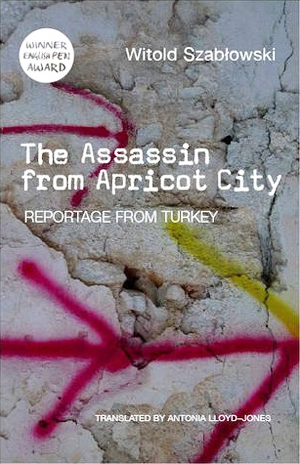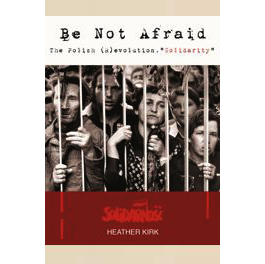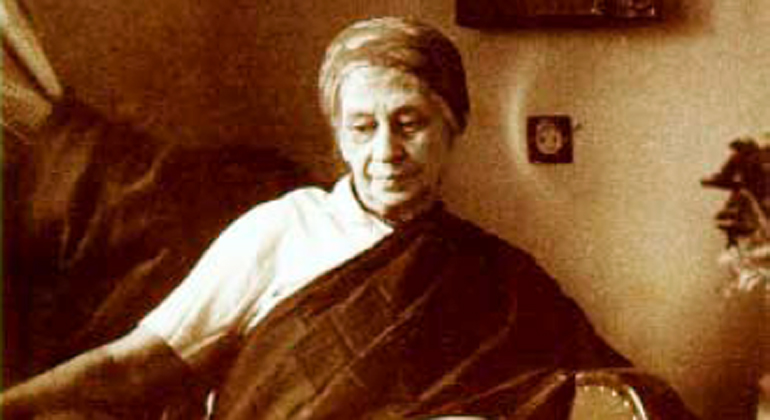 In May Pope John Paul II will be beatified, following the recognition of his first miracle – the healing of Sister Marie Simon-Pierre of the Congregation of the Little Sisters of Catholic Motherhood in Provence who was suffering from Parkinson’s disease. For the Catholic community, this first step of the Polish pope on the road to sainthood will be a moment of great joy and celebration. After all, he is the man who helped hasten the fall of Communism in Eastern Europe, the first Pope to enter a synagogue and to engage a dialogue with the Jewish community; for many, he is a symbol of peace, faith and courage. (Photo: Pope John Paul in Lebanon, May 1997)
In May Pope John Paul II will be beatified, following the recognition of his first miracle – the healing of Sister Marie Simon-Pierre of the Congregation of the Little Sisters of Catholic Motherhood in Provence who was suffering from Parkinson’s disease. For the Catholic community, this first step of the Polish pope on the road to sainthood will be a moment of great joy and celebration. After all, he is the man who helped hasten the fall of Communism in Eastern Europe, the first Pope to enter a synagogue and to engage a dialogue with the Jewish community; for many, he is a symbol of peace, faith and courage. (Photo: Pope John Paul in Lebanon, May 1997)
The month of May will also mark the 14th anniversary of the pastoral visit of the Pope to Lebanon – a country whose religious diversity dragged it into a bloody and destructive civil war that lasted fifteen years. How many people today are aware of this visit? Very few, most likely, although it has undoubtedly had a great impact on the Lebanese people and helped restore the dignity of Christianity in the Middle East. I hadn’t heard much about it myself before reading, fortuitously, a fragment of Carol H. Dagher’s book Bring down the walls where, among other things, she describes the role of the Pope in bridging the gap between Muslims and Christians in Lebanon.
At the time of the Pope’s visit, 1997, Lebanon was in the process of recovering from a conflict that had pitched Sunnis and Shiites against Druze and Maronites – that is, Muslims against Christians – and the trauma and profound social divisions had not yet healed. Memories of the conflict still fresh, they continued to harm their country. Moreover, the post-civil war governmental reorganization gave the Muslim community more political say, leaving many Christians feeling disadvantaged, defeated and discouraged. The pastoral visit was therefore meant to lift the spirits of the Christian community and encourage dialogue by sending a powerful wave of hope to the Lebanese people. Many feared that the Pope’s visit would have political implications: either reinforcing the legitimacy of Syrian occupation of the country or, on the contrary, diminishing the Syrian government’s power and influence over Lebanon. But none of this occurred – the visit was not designed to target the political institutions of the country but rather its moral ones.
On the 10th of May 1997, Karol Wojtyla was greeted by 550,000 faithful – in a country of less than 4 million people, this was the largest crowd ever assembled. Armenians, Chaldeans, Maronites, Copts, Melluts and others were gathered to hear the Pope’s message calling for forgiveness, understanding and renewal. That very day the Pope had especially invited the young for a time of prayer; in the Basilica of our Lady of Lebanon and outside, under the cedar trees, the crowd, as it had very much hoped, heard the Catholic leader denounce the past violence of the civil war, and the ongoing violence in the form of torture, unjustified arrests, imprisonments and torture. The power of his words resonated in the Basilica: “To trample on human rights is to trample on God’s rights.”
Most of all, the Pope encouraged those gathered to maintain the specificity of their eastern roots, stating that Christianity is in no way incompatible with Arab culture. Being a Lebanese Christian was not to be reduced to defending one’s political interests, but should instead foster an understanding of how Christian faith could fit in the context of the Middle East.
The pastoral visit was also an occasion to conclude the “Synod for Lebanon” convened by the Pope in 1991 with the signing of the Apostolic Exhortation in Beirut. This document was meant to be a milder version of the denunciation made months before by Lebanese Bishops in the Vatican. The Bishops had condemned the violations of human rights in Lebanon and demanded independence, liberation from Israeli occupation and from Syrian military presence in their country. However, the Pope’s Apostolic Exhortation did not take a political stance, but was a guide for the Lebanese Church to conduct a spiritual renewal as well as to adjust to the current Arab environment.
The visit of the Pope to Beirut in 1997 was not a turning point in history, nor was it decisive in defining a new political order or inspiring social change, as the Pope’s visit to Poland had most certainly been in 1979. Nevertheless, the visit, in its seemingly benign appearance, was of great significance for the Lebanese people: in a context where the purification of memory was still an ongoing process, the words and the presence of His Holiness helped drive the restoration of the equilibrium between Christian and Muslim expectations. It reinvigorated the Christian community’s faith and urged them to remain attached to their land, while at the same time calling for reconciliation and the creation of a bond of understanding between Christians and Muslims based on a common Arabic identity. In a country of 18 state-recognized religious sects, carrying such a message was a challenge that John Paul II’s charisma was able to overcome. On the morning of 10th of May, he met with the religious leaders of the Muslim community of Lebanon while in the afternoon, he celebrated a mass in Beirut where he claimed with confidence that “The holy spirit will renew the face of this land.” We could say that Karol Wojtyla’s spirit renewed the faith of the Christians and brought hope to Lebanon as it did to every one of the 130 countries where he set foot.
Beyond the formal process of canonization is everything that has made John Paul II a saint in the eyes of his followers: the immeasurable spirit that followed him and undeniably moved the souls of thousands of people who heard his words of guidance and built hope for the prospect of a peaceful future. The power of his words alone, such as the ones he had for the Lebanese people gathered in the Beirut Basilica 14 years ago, have made the man holy. CR
 Isabelle Sokolnicka is a 2010 PitR alumna and a student of Political Science and Geography at McGill University. Passionate traveler, dancer and pianist, she also very much enjoys learning foreign languages and is already familiar with Polish, French, Spanish, Italian, Mandarin and Russian. During her first trip to South Africa last summer, she backpacked in Kwazulu-Natal and Lesotho, worked for a Human Rights organization in Cape Town and fell head over heels in love with this breathtakingly beautiful country.
Isabelle Sokolnicka is a 2010 PitR alumna and a student of Political Science and Geography at McGill University. Passionate traveler, dancer and pianist, she also very much enjoys learning foreign languages and is already familiar with Polish, French, Spanish, Italian, Mandarin and Russian. During her first trip to South Africa last summer, she backpacked in Kwazulu-Natal and Lesotho, worked for a Human Rights organization in Cape Town and fell head over heels in love with this breathtakingly beautiful country.



